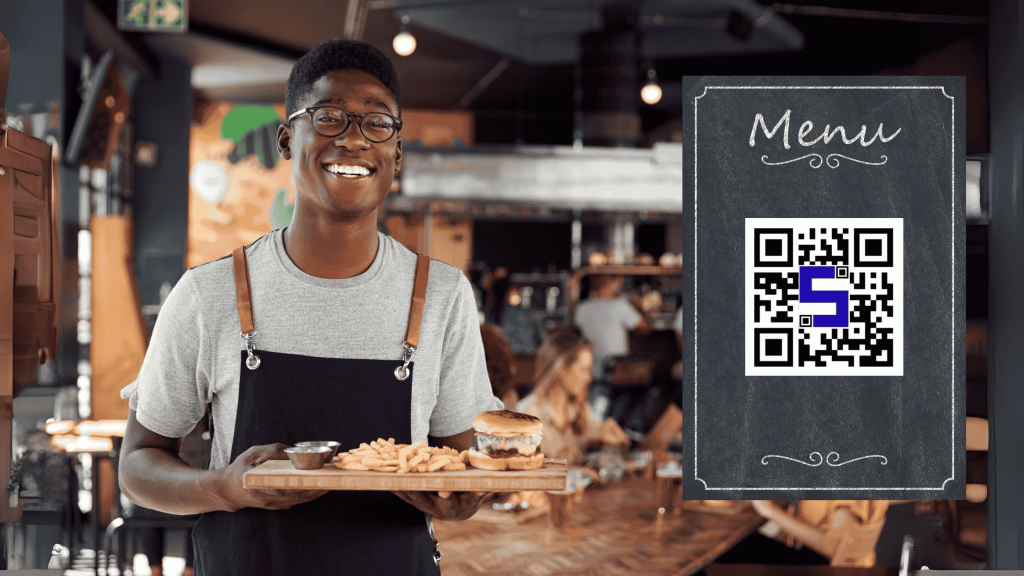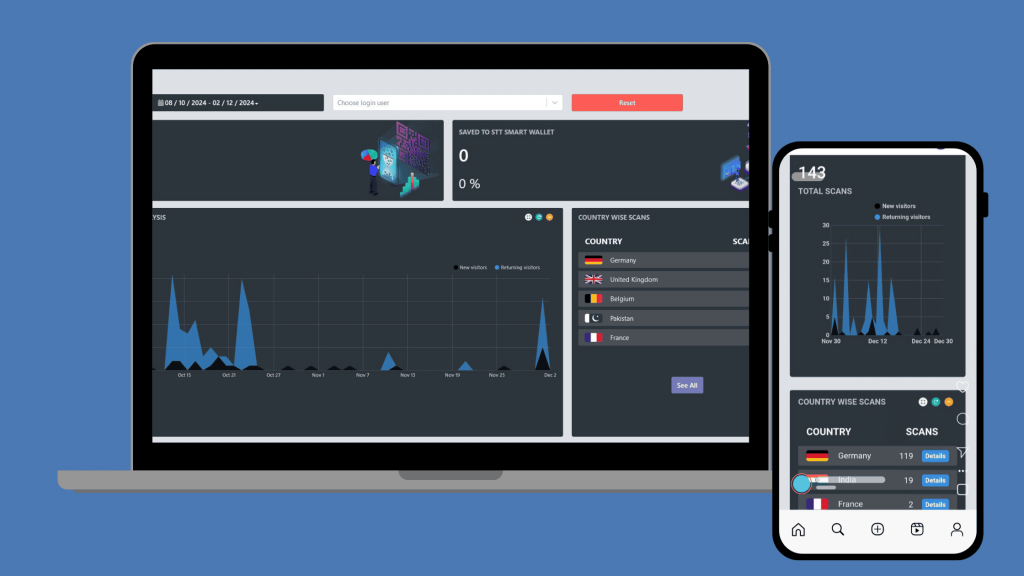How Businesses Are Integrating QR Codes into Their Marketing Campaigns ?

In today’s fast-paced digital landscape, businesses are constantly searching for innovative ways to enhance customer engagement and improve conversion rates. QR codes have emerged as a powerful tool in modern marketing strategies, allowing brands to bridge the gap between physical and digital experiences. Companies across various industries—including retail, hospitality, healthcare, and real estate—are leveraging QR codes to provide instant access to websites, promotional offers, social media pages, and multimedia content.
One of the primary reasons QR codes have gained traction is their versatility. Businesses can integrate them into product packaging, advertisements, posters, business cards, menus, and even TV commercials. With a simple smartphone scan, customers can access a brand’s digital ecosystem, leading to a more interactive and engaging experience. Additionally, QR codes enable brands to track consumer behaviour and refine their marketing strategies based on real-time analytics.
With mobile phone penetration at an all-time high, QR codes provide an effortless way for businesses to guide customers through a seamless journey. Whether directing them to a product page, offering instant coupons, or connecting them to a customer service chatbot, QR codes eliminate unnecessary steps in the buying process. Their adaptability makes them an excellent choice for both small and large businesses aiming to create a personalized and engaging consumer experience.
Use Cases of Successful QR Code Marketing Initiatives
Several brands have successfully utilized QR codes to drive engagement and sales. For example, a well-known fast-food chain incorporated QR codes into its packaging, enabling customers to scan and access exclusive discounts, nutritional information, and augmented reality (AR) experiences. As a result, the company witnessed a significant increase in app downloads and customer interaction.
Another notable case is a fashion retailer that placed QR codes on store displays. When scanned, these QR codes provided customers with detailed product information, styling tips, and direct links to the e-commerce website. This seamless integration of online and offline shopping experiences led to increased sales and improved customer satisfaction.
Real estate agencies have also benefited from QR code marketing. By adding QR codes to property listings and signage, they have enabled potential buyers to instantly view virtual tours, schedule appointments, and access key property details, simplifying the decision-making process.
Similarly, event organizers use QR codes for ticketing and check-in purposes. Instead of printing tickets, attendees can simply scan a QR code from their phone to gain entry. This not only reduces costs associated with printing but also enhances security and streamlines the check-in process. Music festivals, conferences, and trade shows now rely heavily on QR codes for hassle-free event management.

How LifeTag Customizable QR Codes Enhances Customer Engagement ?
LifeTags.io takes QR code marketing to the next level with its customizable and feature-rich QR codes. Unlike generic QR codes, LifeTags allows businesses to personalize their QR codes with brand colors, logos, and call-to-action elements, ensuring they align with the company’s identity and marketing objectives.
Furthermore, LifeTags’ QR codes are not static; businesses can update the linked content without needing to regenerate or redistribute new codes. This dynamic feature ensures that marketing campaigns remain flexible and relevant. Additionally, LifeTags offers seamless integration with WhatsApp, allowing customers to directly connect with businesses via a simple QR scan. This direct communication channel enhances customer engagement, streamlines support, and improves lead conversion rates.
Another key advantage of LifeTag is the ability to embed multimedia content. Businesses can link a single QR code to videos, product demonstrations, promotional campaigns, and interactive experiences. This elevates customer engagement by making interactions more visually compelling and informative. With LifeTags’ real-time editing feature, businesses can modify content based on campaign performance or market trends without requiring new QR codes.
Metrics to Track the Success of QR Code Campaigns Using Analytics Features
Measuring the effectiveness of a QR code campaign is crucial for optimizing future marketing efforts. LifeTags provides robust analytics features that enable businesses to track and analyze key performance metrics, including:
- Scan Count: The total number of times the QR code has been scanned.
- Geographic Data: Insights into where the scans are occurring, helping businesses identify key markets.
- Device and Browser Information: Understanding the type of devices and browsers used for scanning helps in optimizing the user experience.
- Time-Based Trends: Identifying peak scanning periods allows businesses to schedule marketing activities more effectively.
- A/B Testing Performance: Businesses can test different QR code designs or landing pages to determine which versions perform better.
By leveraging these analytics, businesses can refine their marketing strategies, improve targeting, and maximize ROI.

Conclusion
QR codes have become an indispensable tool in modern marketing, providing businesses with a cost-effective and engaging way to connect with customers. With the rise of mobile-first interactions, companies that integrate QR codes into their strategies can drive higher engagement, increase conversions, and enhance brand visibility. LifeTag advanced QR code solutions offer businesses a unique advantage with customizable designs, dynamic content management, and detailed analytics. By adopting QR code marketing with LifeTag, brands can stay ahead of the competition and create seamless digital experiences for their customers.
As QR code technology continues to evolve, businesses that leverage its full potential will unlock new opportunities for customer engagement and revenue growth. The ability to create personalized, interactive, and data-driven campaigns ensures that brands remain agile and innovative in an ever-changing digital marketplace.